Superior Dried Dates and Hearts of Palm For Sale
ACPFOOD is where you can buy Hearts of Palm. Since we purchase high quality products directly from farmers, we provide and sell bulk dried Dates with best quality to wholesalers, manufacturers and retailers and you can buy it from us with the best price.
Phoenix dactylifer fruit wholesaler, supplier and exporter
To order this product, please contact us.
About Phoenix Dactylifera
It is a fruit of a plant of the Palmaceae family, a tree that grows to a height of 10 to 20 meters. Phoenix dactylifera has a cylindrical trunk, erect and upright and without branches, on which the traces of old tree cuts remain as protrusions. The fruit, which is in the form of large clusters with light brown and dark brown colors, is fleshy and sweet, some of which have a core and some have no core.
The core of the fruits is 1-3 centimeters long and its diameter is 2-5 millimeters. There are several types of date fruits that have different colors and flavors. Dates are native to tropical regions of Africa and Saudi Arabia and are also planted in other warm regions of the world. In Iran, they are planted in all tropical regions of the country, including Qasr Shirin, various regions of Khuzestan, Kerman, Fars, Baluchistan and central regions.
The pith of the young stems of the Palm tree (Hearts of Palm) is milky white. When the branches of the old leaves are cut, a small part of the ends of these branches remains on the trunk of the tree; therefore, the Palm tree trunk has many roughs.
Phoenix Dactylifera Chemical Constituents
It is rich in carbohydrates, dietary fibers, proteins, minerals and vitamin B complex, such as thiamine (B1), riboflavin (B2), niacin (B3), pantothenic (B5), pyridoxine (B6), and folate (B9). In more details, carbohydrates forms 70% of date fruit and are mostly fructose and glucose in equal ratio while date proteins are rich in amino acids that contain acidic side chain but poor in methionine and cysteine, which their side chain composed of sulfur. Minerals in date fruits are calcium, iron, magnesium, selenium, copper, phosphorus, potassium, zinc, sulfur, cobalt, fluorine, manganese, and boron.
Metabolites such as terpenes (a group of lipids), phenolics (derived from carbohydrates), alkaloids (derived from amino acids) which are characteristic of a limited range of species and have a biological effect on other organism. Date fruit is rich in phytochemicals such as carotenoids, polyphenols (e.g., phenolic acids, isoflavons, lignans, and flavonoids), tannins, and sterols.
Date Palm Temperament
Some considers Phoenix dactylifera hot and a little moist and some hot and a little dry.
The nature of Hearts of Palm is cold in the second degree and dry in the first degree.
Date Palm Health Benefits
- Dried dates are Hematopoietic and cures anemia, strengthens weaken shoulder, cause weight gain, cures paralysis and back and joint pain.
- Eat a black dried Date every day for forty days. Removes frozen moisture in the stomach.
- If you want to increase your intelligence, eat black Dates in this way: one on the first day, 2 on the second day until the 12th day, reduce the number from the 13th day on the contrary to reach one.
- Eating its decoction cures colds and lung infections.
- Chewing unripe Date strengthens the gums.
- Boil dried Dates with dried Figs, Raisins and cut Jujube and drink its decoction. It softens the chest, is used as a laxative for asthma and cough relief, and is also feverish.
- Soak dried Dates in fresh milk and add a little Cinnamon and eat it and then drink some fresh milk again. It increases the sexual desires and lusts of men and is unique in strengthening sexual power of people with cold temperament.
- Brew dried Dates with Fenugreek and drink it. It is useful for relieving phlegm fever, it crushes bladder stones.
- Hearts of Palm is useful in the treatment of smallpox (in the early stages of the disease) and they thicken and cool the blood.
- Hearts of Palm poultice is an antidote to bee stings.
Date Palm Side Effects
Dried Dates are heavy and slow to digest and harmful to the hot temperaments, in places where Dates are not grown, it is not permissible to eat too many Dates; because it causes black bile, liver cirrhosis, headaches and toothaches.
Date Palm Modifier
Pomegranate juice, Sekanjebin, oils, Opium Poppy seeds, skinless Almond kernels, chewing Tarragon, or rinsing the mouth with Sumac soaked in warm water.

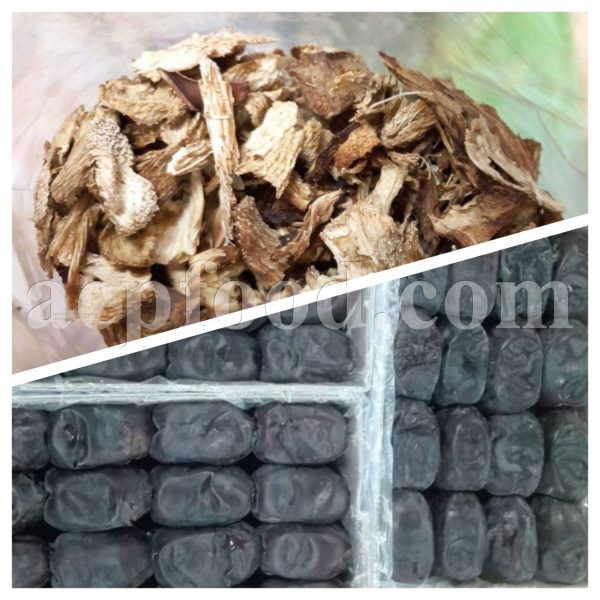
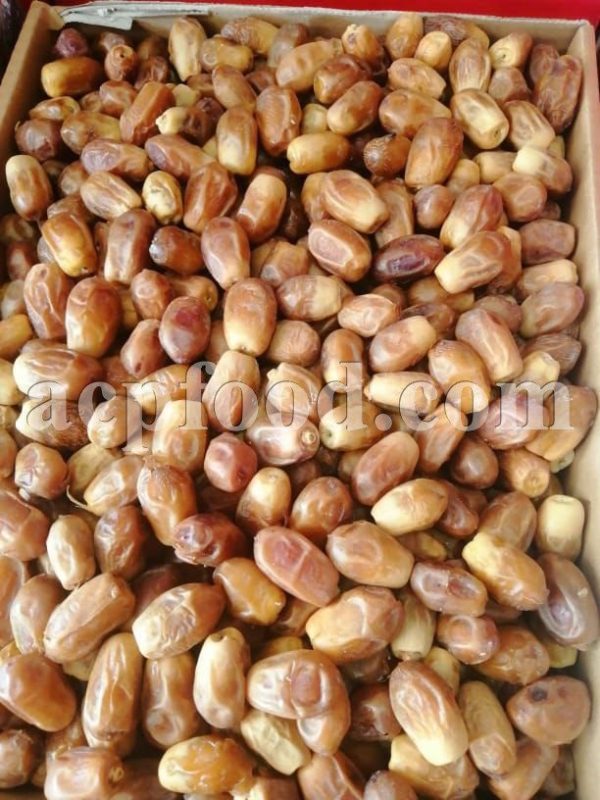
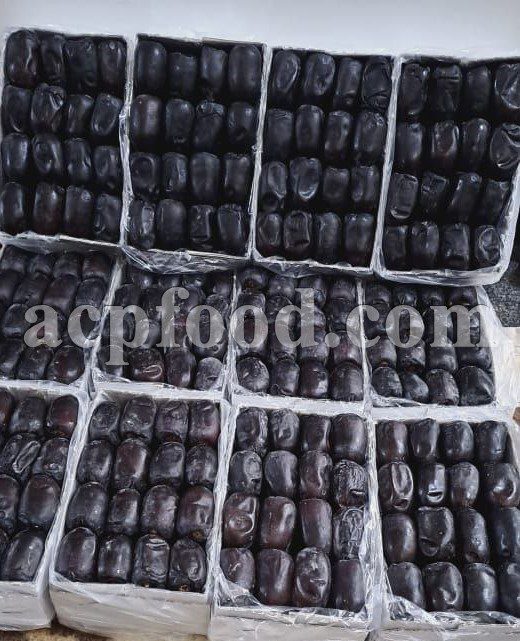
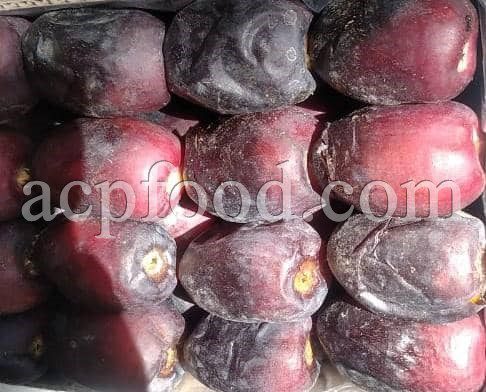
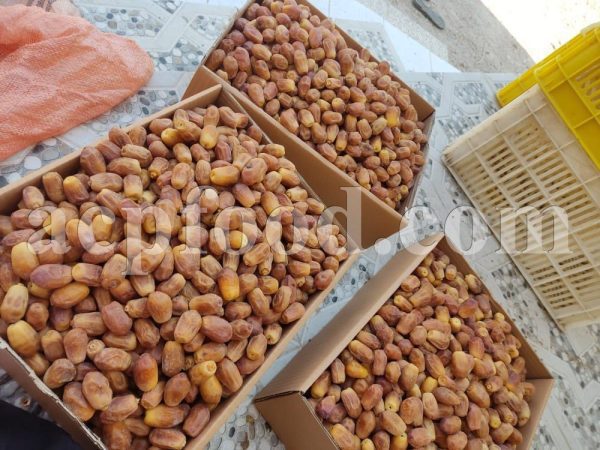
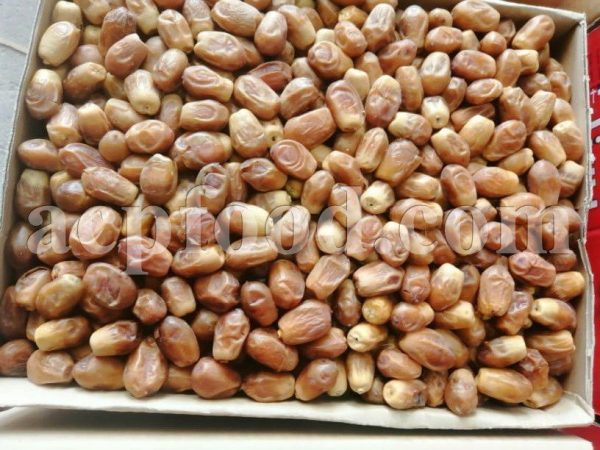







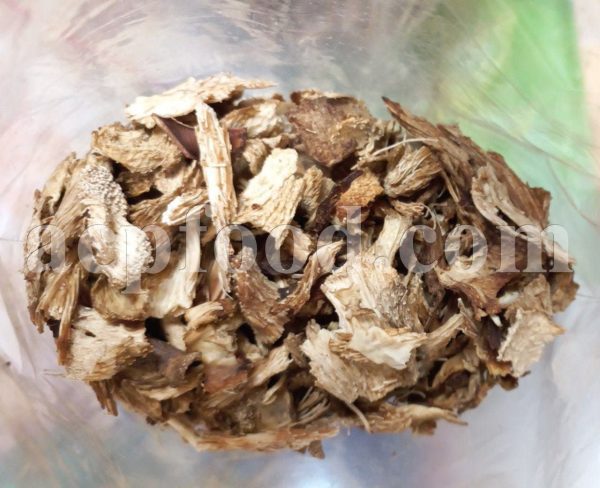
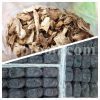
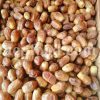

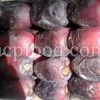
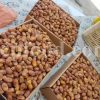
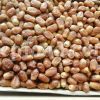






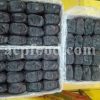
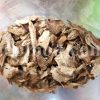
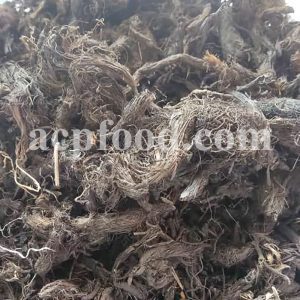
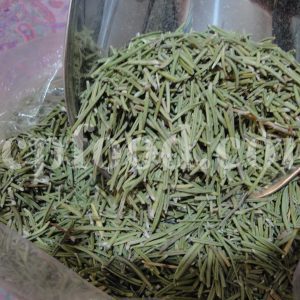
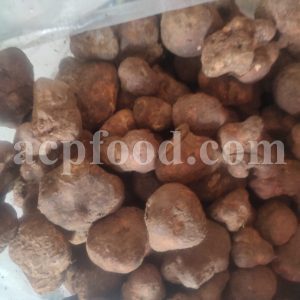
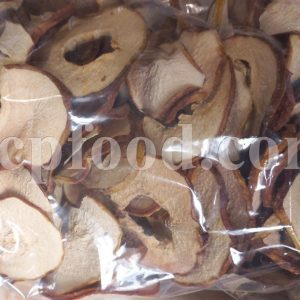
Reviews
There are no reviews yet.